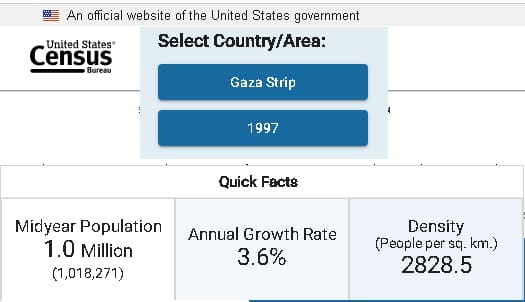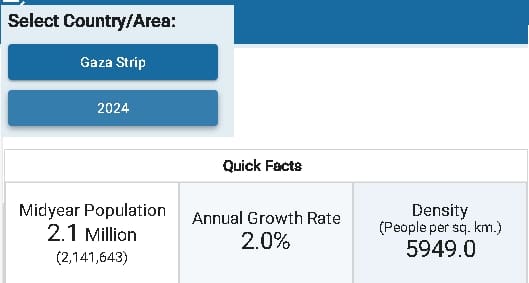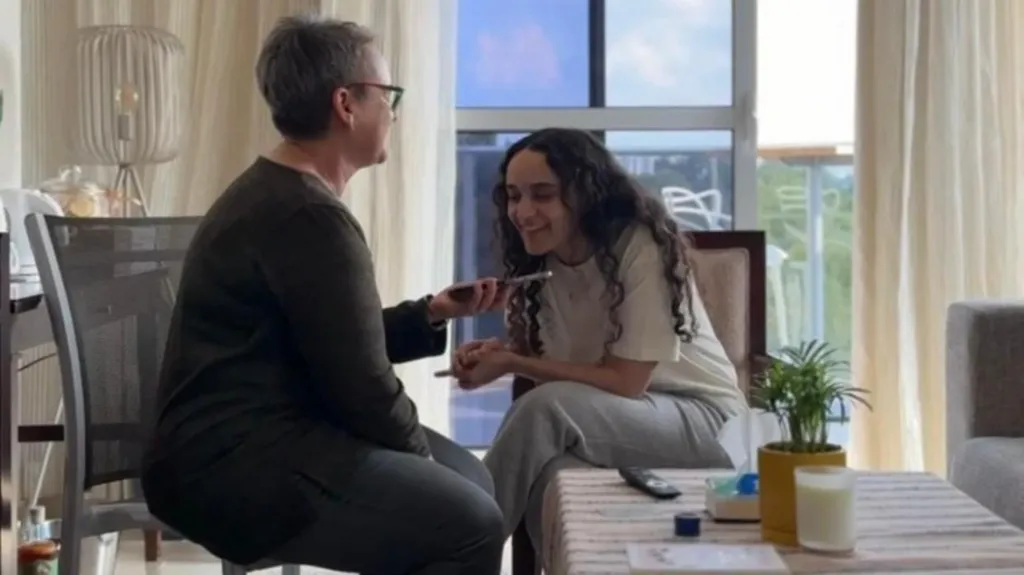The Gaza Strip is known to be one of the most densely populated areas in the world, suffering from insufficient sanitation, electricity, water, gas, and food resources to support its massive population. This has been compounded by limited income sources, leading to high unemployment rates.
But how did Gaza reach this dire situation?
To understand, let’s compare it with China’s approach. In 1969, China was concerned that its 2.7% population growth rate would lead to unsustainable overcrowding and diminished quality of life. As a result, China implemented measures to limit birth rates, leading to a current population density of only 152 people per square km.
In contrast, the Gaza Strip in 1997, under the leadership of the PLO and the Islamic Movement for approximately 20 years, had a density of 2,828 people per square km with a 3.6% growth rate. Despite the warning signs, no steps were taken to curb this explosive growth.
When Hamas assumed control in 2007, the density soared even higher to 3,827 people per square km, yet still, no measures were implemented to address the overcrowding issue.
This has led to the situation in the Gaza Strip today.
One has to wonder—why the inaction despite the catastrophic trajectory? Why haven’t organizations like Hamas or the PLO prioritized limiting runaway population growth as a key policy issue for ensuring a minimum quality of life for Gazans?








